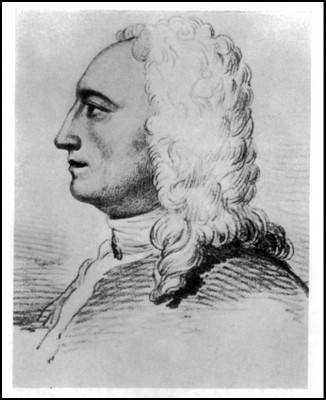John Hadley Biography - Inventor of Mirrors forTelescopes
John Hadley (born on 16 April 1682, died on 14 February 1744) was a famous English inventor and mathematician, most famous for his discovery of octant (very important navigational measuring instrument) and as a first man who after 50 years of stagnation managed to improve the old designs of reflecting telescopes that were first introduced by Isaac Newton in 1668. After Newton, few scientists tried to improve his designs, but advances were small and did not enable those telescopes to become easier for manufacture and use.
Very little is known about private life of John Hadley. He was born in the city of Bloomsbury, London, and managed to become member of Royal Society of London at the age of 35, where he eventually managed to rise to the role of vice-president. His greatest achievement was creation of octant, tool that can measure positions of object in the sky, which when added to the time and date can accurately calculate latitude. This tool became very useful for sea navigation. Upgraded version of octant (called sextant) was developed by Englishman John Bird in 1757.
As for John Hadley’s involvement in telescopes, his most important discovery came in 1721 when he showcased his working model of parabolic speculum metal mirror telescope to Royal Society. Main lens of that telescope had diameter of 15 cm. focal length of 159 cm and speculum metal objective mirror that was created by special method of polishing. After Royal Society members Bradley and Samuel Molyneux managed to repeat the feat of building such telescope, John Hadley started to license his designs to two London opticians who started organized manufacture of such telescopes.
Designs of John Hadley remained in heavy use until late 1700s when British astronomer William Herschel started creating his large telescopes (most famously his 40-foot telescope that remained largest for over 50 years).
John Hadley died in East Barnet, Hertfordshire, England 14 February 1744 at the age of 61, leaving behind his wide Elizabeth Hodges and one son John.
